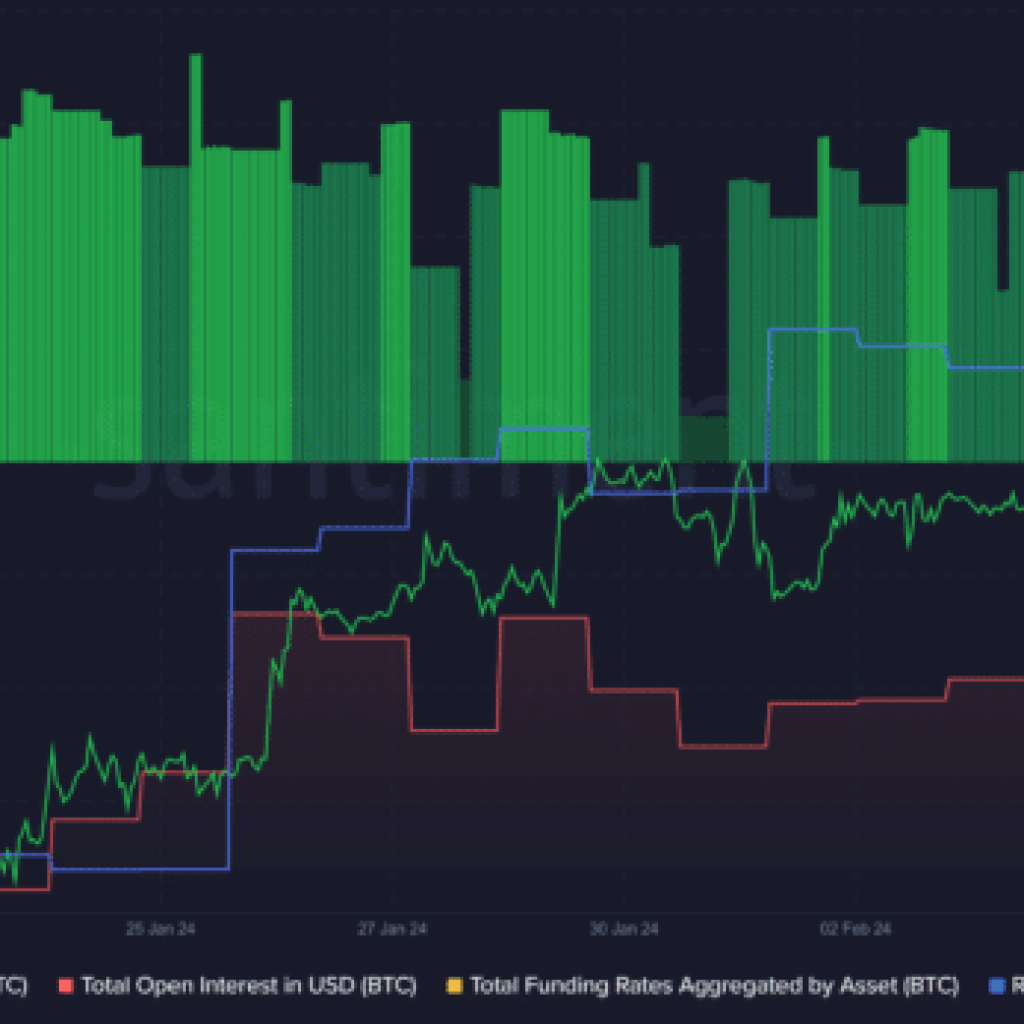A sophisticated email phishing operation targeting creditors of bankrupt crypto firms BlockFi and FTX has successfully amassed millions of dollars. The scam, involving cryptocurrencies and NFTs, came to light through security expert Plumferno’s investigative efforts on social media platform X. Utilizing a network of contacts, Plumferno traced the origin of the stolen assets to phishing emails. These emails, masquerading as communications from BlockFi and FTX, duped recipients into relinquishing access to their crypto wallets.
The operation’s success is partly attributed to the exploitation of a compromised email list from Mailer Lite’s data breach in January. This breach had already set the stage for a separate phishing scam. The recent operation underscores the vulnerabilities within the crypto community, targeting dormant wallet owners. Many of these individuals had not engaged with their assets since the BlockFi bankruptcy, making them prime targets. Plumferno’s analysis suggests that some victims might still be unaware of the theft.
FTX and BlockFi creditors hit by email scam
Blockchain data review revealed an influx of nearly $4.5 million in ether to the scammer’s wallet since March 17, highlighting the scam’s vast scale. The operation didn’t stop at liquid currencies; it extended to high-value NFTs, including Mutant Apes and Otherdeeds. The sales of these stolen NFTs further bolstered the illicit gains. This incident exemplifies the broader issue of crypto phishing, which remains a significant threat. Despite awareness efforts, the crypto industry lost $300 million to such scams last year.
The attackers’ method of leveraging email lists from a previous breach showcases a multi-layered strategy to victimize individuals already impacted by the crypto market’s instability. The focus on dormant wallets, particularly those belonging to BlockFi and FTX creditors, reveals a calculated approach to maximize returns. This method also signals a grave reminder for the community about the ongoing risks associated with digital asset storage and communication security.
Rising crypto scams test industry’s resilience
Crypto phishing attacks are not new, but their increasing sophistication and success rates are alarming. The case uncovered by Plumferno highlights the evolving tactics employed by cybercriminals. It serves as a crucial warning for individuals and firms within the cryptocurrency sector. Vigilance and skepticism in handling unsolicited emails and communications have never been more critical. The theft from dormant wallets, in particular, reveals a sad irony. Many victims had already suffered from the financial turmoil within the crypto industry.
The community’s response to these incidents will be telling of its resilience and adaptability. Education and enhanced security measures stand as primary defenses against such phishing operations. As the scam continues to reel in funds, the crypto industry faces a pivotal moment. It must address these vulnerabilities to protect its members and restore trust in the digital asset ecosystem. This incident underscores the need for continuous vigilance and the adoption of best practices in cybersecurity within the cryptocurrency space.





